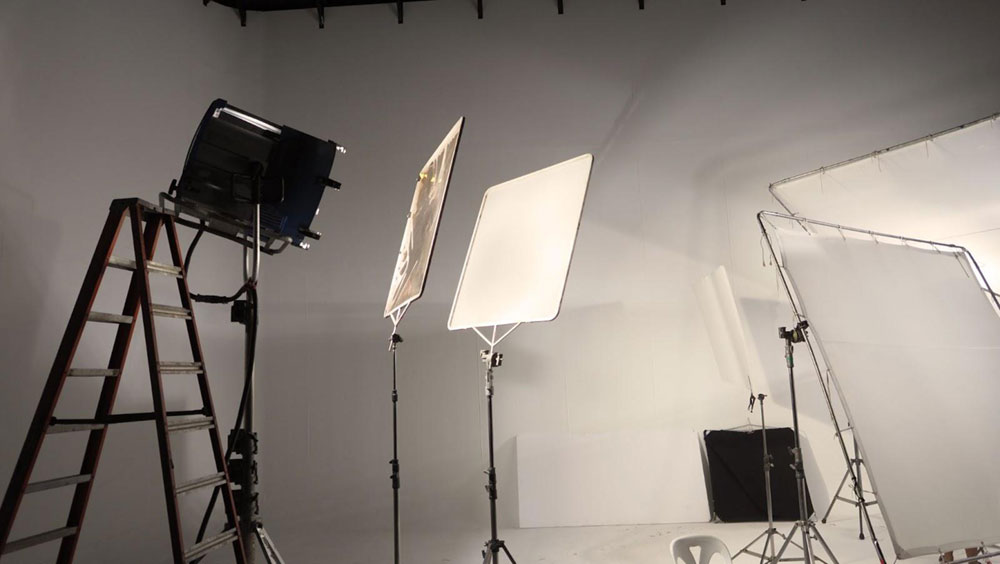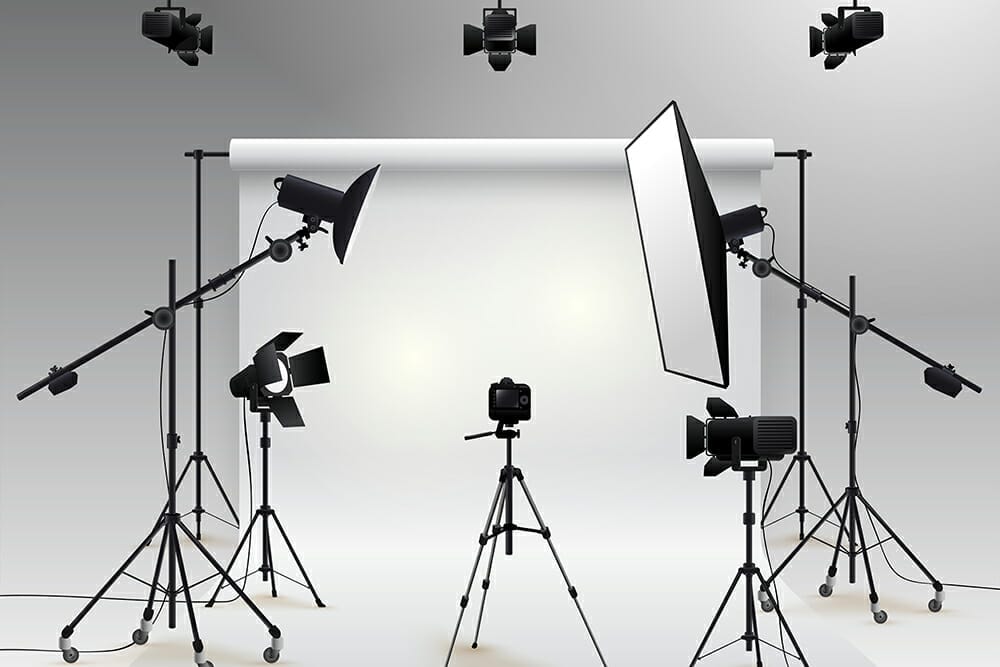What is a Good Wattage for Photography Lighting? Essential Guide
When it comes to perfecting your photography, understanding what is a good wattage for photography lighting is crucial. Light plays an integral role in determining the overall mood, atmosphere, and clarity of your images. From portraits to landscapes, having the right wattage can influence the quality of your work. In this article, we delve deep into this topic, exploring the nuances that define lighting needs based on various photography styles.
For professional photographers, choosing the right wattage isn't merely about numbers; it's about understanding the relationship between light intensity, the settings you are working in, and the subjects you aim to capture. Let's unravel this together!

Understanding Wattage in Photography Lighting
Wattage refers to the amount of power a light source consumes and helps determine its brightness. However, wattage isn't the sole determining factorlumens and Kelvin (color temperature) also matter significantly. In photography, wattage can aid in understanding how much light you need but must be considered alongside these other factors.
Why Wattage Should Matter to You
As photographers, a common question arises: is higher wattage always better? The answer isn't straightforward. Higher wattage does generally equate to brighter lights, but equally important is how the light is diffused and shaped. This can significantly affect your final shot.
Understanding studio lighting helps in determining how to utilize different wattages effectively.

Determining Your Lighting Needs
Factors Influencing Wattage Choices
Many factors determine what wattage will be good for your photography lighting:
- Type of Photography: Portraits, product shots, and landscapes all have different requirements.
- Ambient Light: Shooting in low-light conditions may require higher wattage to illuminate the subject.
- Distance from Subject: The farther you are from the subject, the more wattage you'll need.
Recommended Wattages by Photography Type
Here's a brief breakdown of wattage recommendations based on the type of photography:
- Portrait Photography: Typically requires 200-800 watts depending on the setup and number of lights.
- Product Photography: 100-400 watts is usually sufficient, especially when using modifiers.
- Landscape Photography: Natural lighting is preferred, but supplemental lighting can range from 200-600 watts if needed.

Types of Lights and Their Wattages
Continuous Lights
Continuous lights are ideal for beginners as they mimic natural light and allow for real-time adjustments. For starters, a continuous light source of 300-600 watts can be enough to achieve well-lit photographs. Products like softboxes or LED panels allow for diverse setups.
Flash and Strobe Lights
Flash or strobe lights often have higher wattage ratings. An output of 400-800 watts can be ideal for portrait and fashion photography, while a more powerful setup might be needed for large venues or outdoor shoots.
LED Lighting
LEDs have become increasingly popular due to their energy efficiency and lower heat output. For impactful photography, a wattage of 50-150 should suffice depending on your distance and setup.

Managing Lighting for Desired Effects
The Role of Diffusers and Reflectors
The interaction between wattage and diffusion can drastically change the outcome of your photographs. Softboxes, reflectors, and bounce boards can help in softening the harsh lights and spreading it evenly.
When considering equipment, think about what D lighting can do for your images.
Combine Techniques and Materials
Combining various lighting techniques can help you manipulate wattage for different looks. For example, attempting high-key setups often requires more lights to achieve that bright, vivid appearance compared to low-key images, which can be achieved with fewer lights and selective shadows.
Practical Tips for Choosing the Right Wattage
Conduct Lighting Tests
Performing tests before a shoot is vital. Play around with different wattages to see how they reflect on your camera's sensor and assess the images. Digital photography allows flexibility, so utilize that to refine your approach.
Consult with Peers
Engaging with fellow photographers can provide insights into wattage preferences. Whether in forums or social media groups, learn from experiences to shape your practice.
FAQs
1. What wattage do I need for professional portrait photography?
For professional portrait photography, a wattage range of 200-800 watts is typically recommended, depending on the number of lights and the desired effect.
2. Is LED lighting better than traditional lighting?
LED lighting is often preferred for its lower heat emission and energy efficiency. However, personal preference and shooting style will dictate what works better for individual photographers.
3. Why does distance matter for wattage?
The distance between the light source and subject influences the intensity of light on the subject. The farther away the light is, the more wattage is needed to maintain effective brightness.
Proper wattage settings will not only enhance your photographic skills but can also lead to stunning results you can be proud of. Understanding your lighting needs is paramount in photography, so take the time to invest in your craft.
As an Amazon Associate, I earn from qualifying purchases.

